With the price of petrol and diesel reaching record highs and the cost of filling a car’s tank now exceeding £100, many will be looking at an EV as a way to reduce costs.
However, with electricity prices also on the increase, charging an EV will now cost more than it used to. In fact, rapid EV charging has risen a considerable 21% over eight months (up to May 2022).
The RAC has committed to following EV charging prices alongside its tracking of fuel prices, and say that EV charging remains the cheapest option for drivers – even at the pricier public charge points.
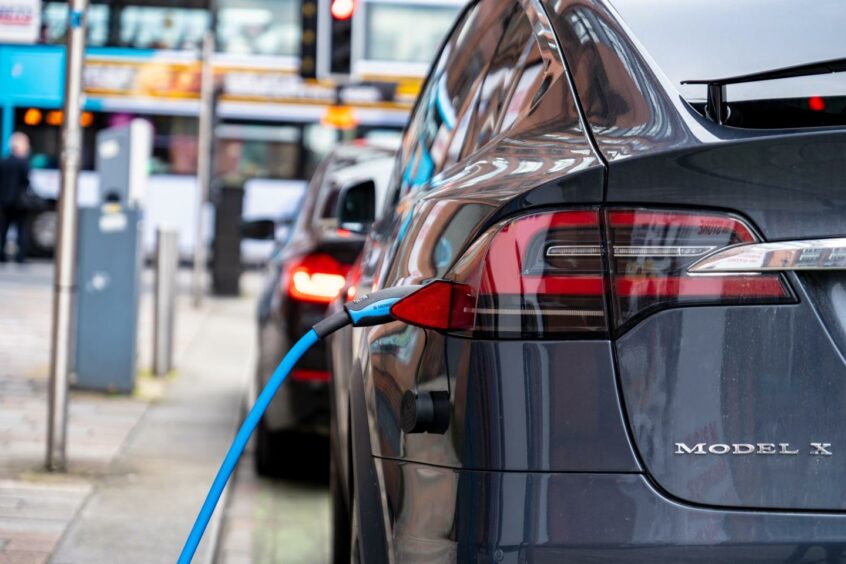
Simon Williams, the RAC’s spokesman for EVs said: “Unsurprisingly, our analysis shows that the quickest places to charge are also the most expensive with ultra-rapid chargers costing on average 14% more to use than rapid chargers.
“For drivers in a hurry, though, or travelling a long distance, paying this premium might well be worth it with the very fastest chargers capable of almost completely replenishing an electric car’s battery in a matter of minutes.”
So what are the options for budget conscious drivers and buyers? Although still cheaper than petrol or diesel, most people will want to keep expenses down as cost of living soars. If this sounds like you, there are several ways to your budget – and EV charging – more effectively.
Make the most of free public chargers
Even as electricity rates soar, there are still plenty of places that offer free electric car charging. In fact, according to Zap-Map, a mapping service for finding plug-in points, there are more than 5,000 free public EV chargers across the UK, representing around 15 per cent of all chargers.
Free chargers tend to be slower units, but they’re great and well worth it if you’re going to be parked up for a number of hours. Just be mindful that regular parking charges might still apply, although you would likely be paying these anyway.
Scotland is the best part of the UK for free charging, as the Government operates many under the ‘ChargePlace Scotland’ network. Elsewhere, supermarkets – including many Tesco stores – offer free EV charging, as do plenty of car parks. Check beforehand that you won’t have to pay to park, though.
Avoid rapid charging unless essential
In life, the most convenient things are often the most expensive. The same applies to EV charging as – generally speaking – the less time it takes to top up your electric car’s battery, the more it will cost you. It’s particularly true for rapid EV chargers, such as those found at motorway stations.
Using an Ionity charger, for example, which operates some of the fastest chargers (up to 350kW), will cost you 69p per kilowatt hour (kWh). In contrast, a charge with Connected Kerb – which offers a range of slower on-street chargers – will set you back 35p per kWh, essentially half the price.
If you’ve got plenty of time to spare, it’s worth checking out slower chargers instead, as these will be much more affordable.
Move to a specific home tariff for electric car drivers
If you have a driveway or off-street parking, this really helps to improve the EV experience, as it means you can easily plug in your car whenever you’re at home, and it’s particularly useful for overnight charging.
Aside from free charging, this is the cheapest method too, and it can be made even better by choosing a dedicated tariff designed specifically for electric car drivers. EDF Energy, for example, offers a tariff that costs just 4.5p per kWh if you plug in your car during the off-peak hours between midnight and 5am.
It’s worth getting in touch with your electricity provider to see if they have any such schemes and consider moving to another company if they don’t.
Consider joining an EV charging membership
If you do lots of miles or rely on public chargers, it could be worth looking at becoming a member of an EV charging network.
BP Pulse, which has one of the largest networks of electric car chargers in the UK, offers a subscription with lower prices than non-members. Using a 150kW charger, you can save 14p per kWh by being a subscriber. You need to consider the £7.85 monthly subscription cost, but once you’ve done a full rapid charge you’ll be quids-in from then on.
Consider how you use your EV
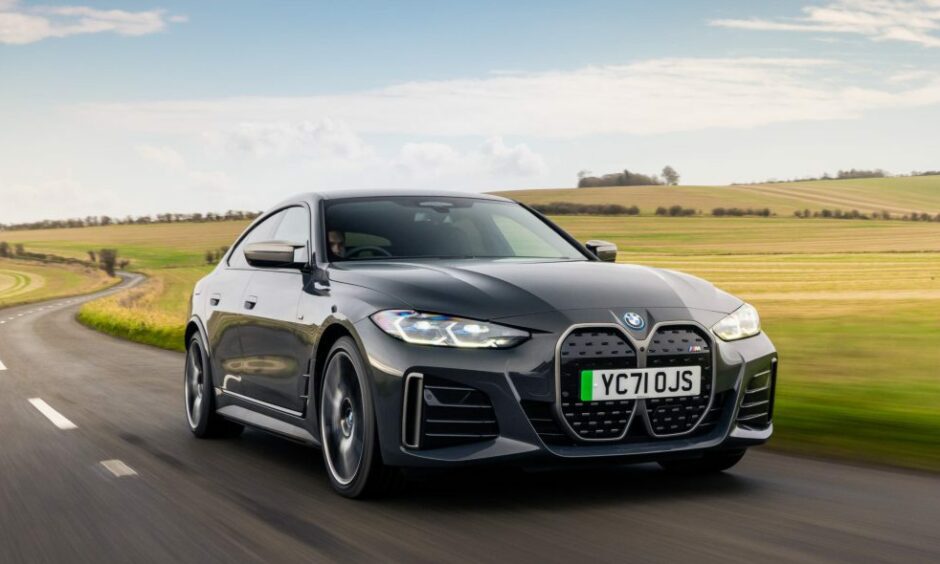
Just like a petrol or diesel car, driving and how you use your EV will affect how much electricity is consumed. If less electricity is being used, you won’t spend as much on recharging.
The first thing to think about is driving style, so be gentle with the throttle pedal and look ahead on the road to avoid unnecessary accelerating and harsh braking.
Many electric cars also come with an ‘Eco’ driving setting, which helps to maximise the range by limiting the level of power on offer and this can be a great way of using less electricity.
You can also make the most of an EV’s regenerative braking, as this is able to recover the usual ‘lost’ energy when braking to add extra charge to the battery.
Using the climate control system also gobbles up electricity, and although you’ll want to make sure that you and your passengers are comfortable, don’t just use it for the sake of it, as this will waste energy and mean you’ll spend more on charging the next time you plug in.
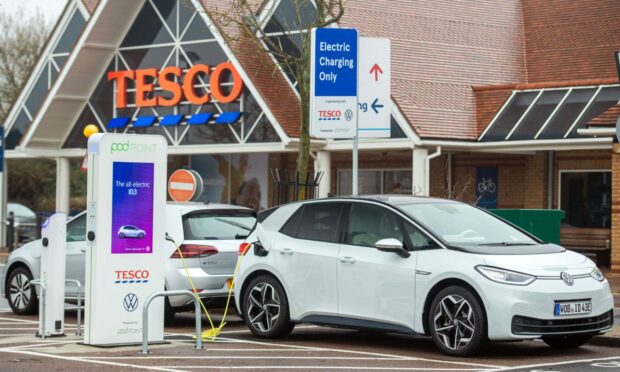
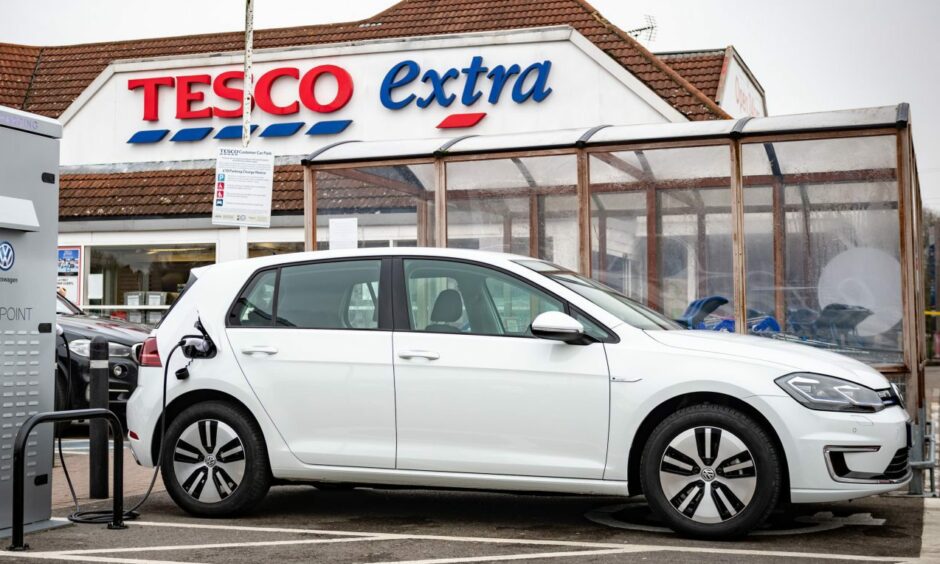
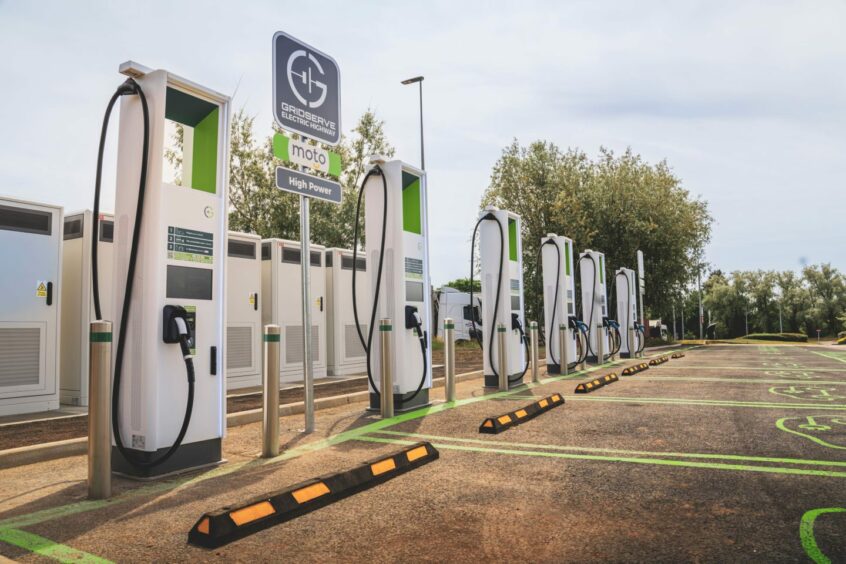
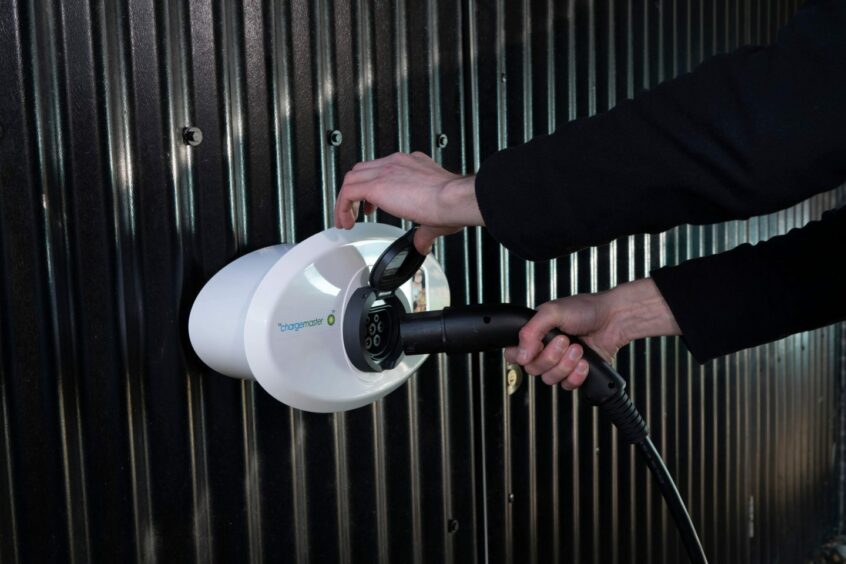
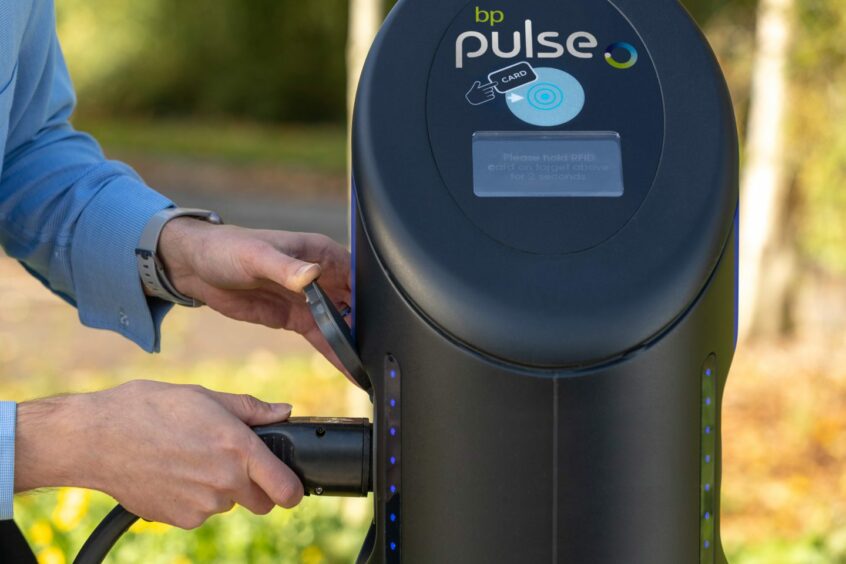
Conversation